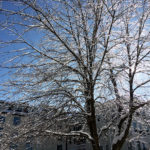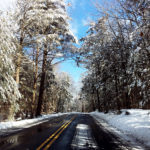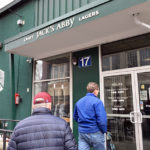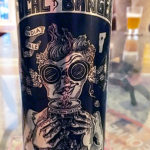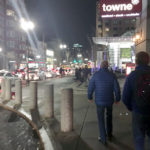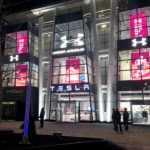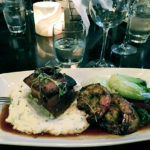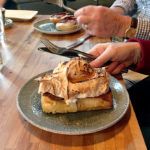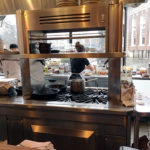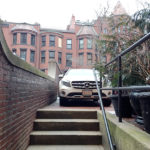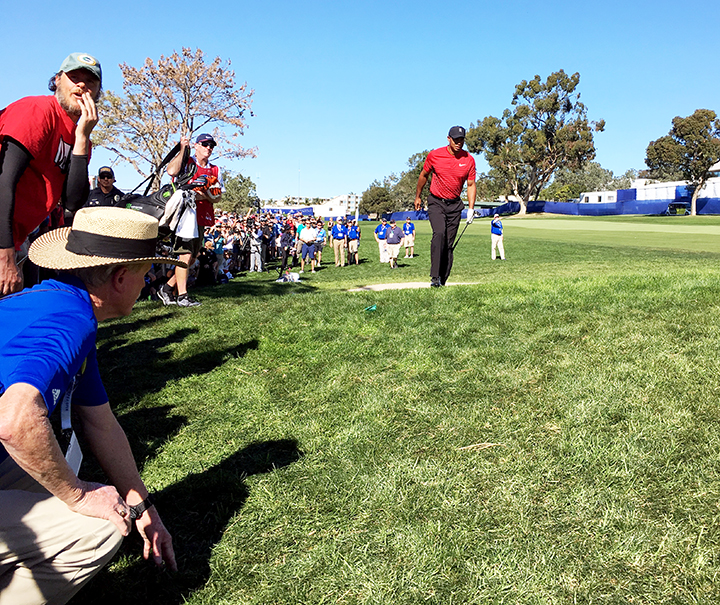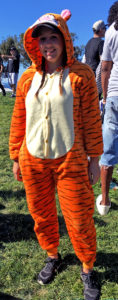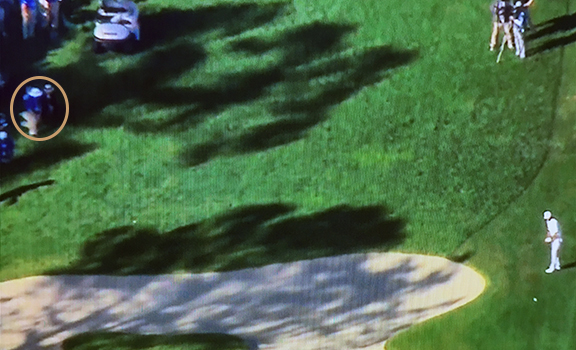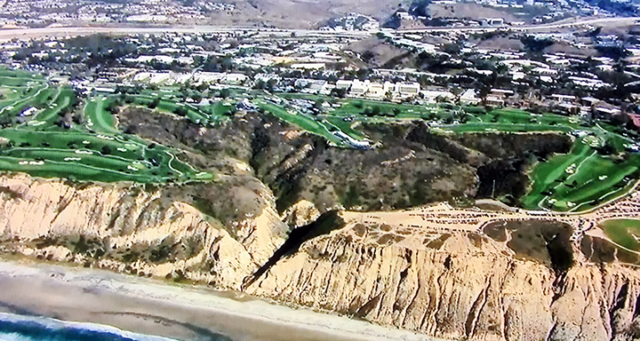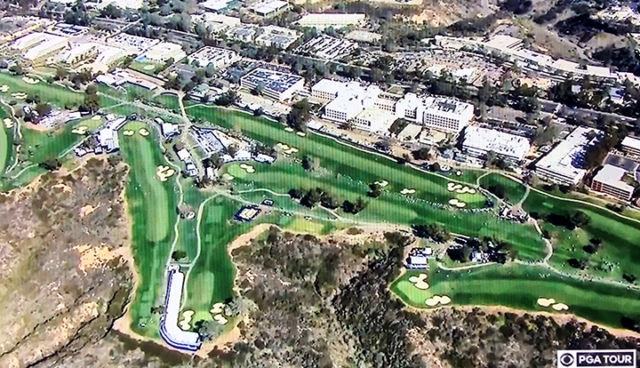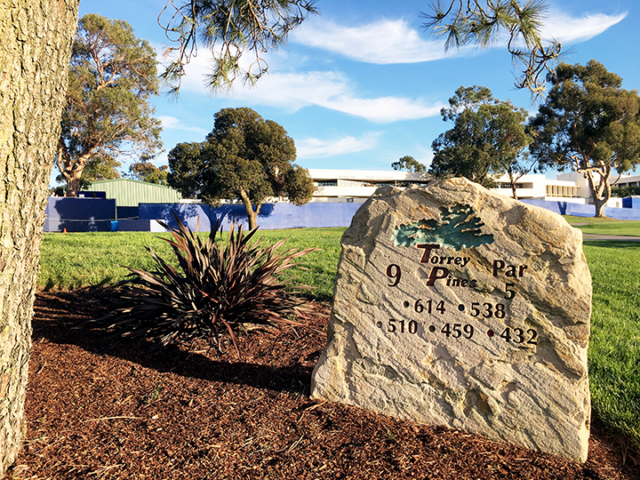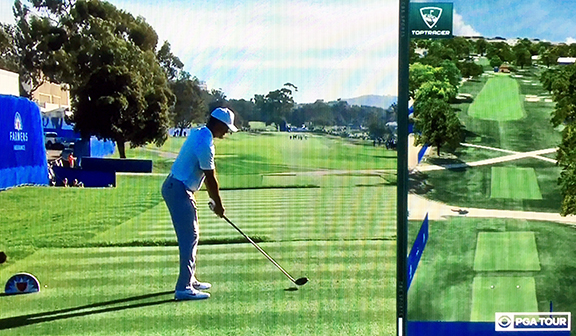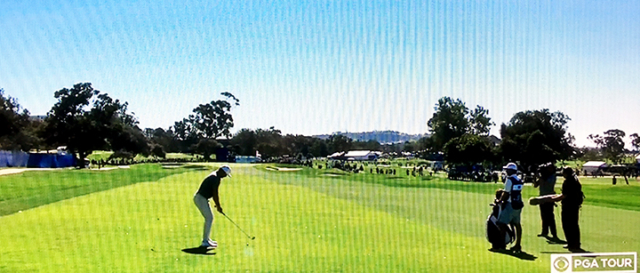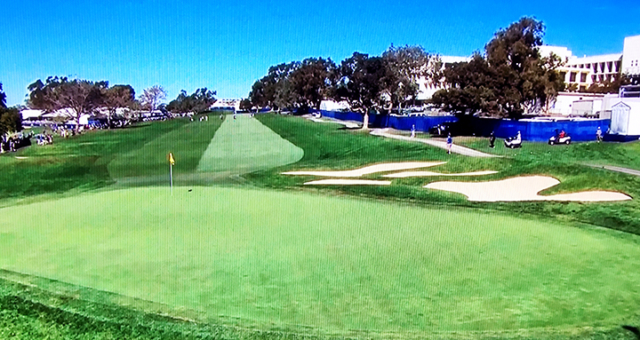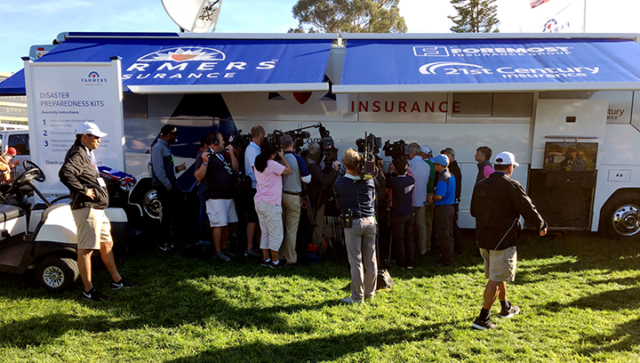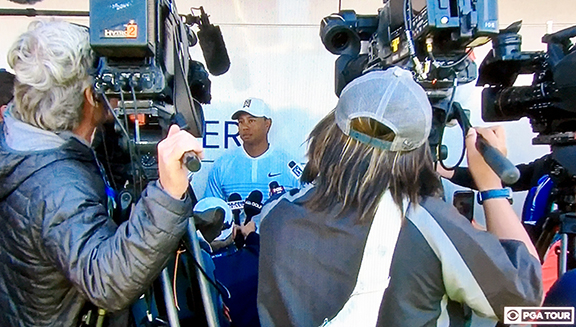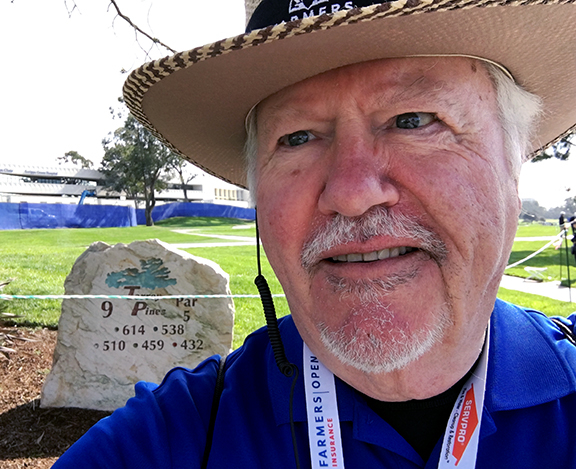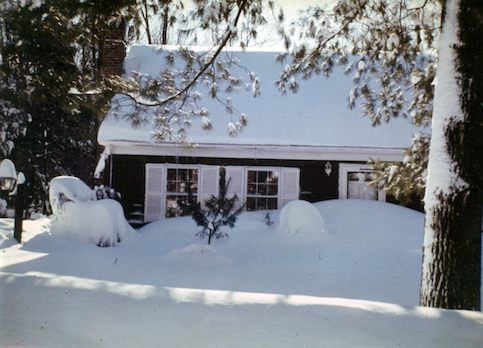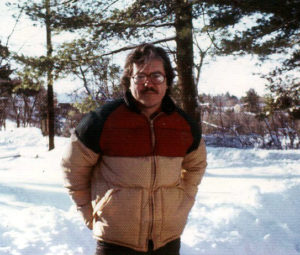Last week, I joined five classmates for a Boston College winter sports weekend. One or two times a year, there is a weekend when the men’s and women’s basketball teams and men’s and women’s hockey teams all play at home. I had been a regular attendee on these weekends when I lived in New England, but this was the first such weekend for me since moving to California in 2012.
 I flew in the night of Wednesday, February 7. On the way, I saw this interesting sight (at right), somewhere over New Mexico, I believe. I came into Boston late enough to miss the snow, but not the cold rain. The next day was bitterly cold, and it helped me realize that it had been six years since I had last experienced below-freezing temperatures.
I flew in the night of Wednesday, February 7. On the way, I saw this interesting sight (at right), somewhere over New Mexico, I believe. I came into Boston late enough to miss the snow, but not the cold rain. The next day was bitterly cold, and it helped me realize that it had been six years since I had last experienced below-freezing temperatures.
I stayed at the home of Larry Kenah and Marcy (McPhee) Kenah in Acton. Tom Sugrue drove up from Virginia, arriving in Acton late Thursday afternoon.
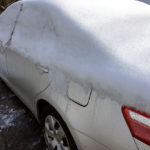
Earlier on Thursday, I drove up to New Hampshire to see the Andersons — Meredith, Winter, Adeline, and Alice. First, however, I had to clear the snow and ice off Marcy’s car. While I was doing so, I had a recurrent thought: “Why do people live like this. Don’t they know there is a better place?” It brought to mind, too, a quote of Ronald Reagan’s (which may be apocryphal) — “If the Pilgrims had landed in California, New England would still be wilderness.”
 While visiting, and after lunch, we picked Adeline up at school, Rye Elementary, and took her to a well-visit at the doctor’s. Here she is, passing her hearing test. When Winter explained to the girls that Grandpa had to leave, to get back to Acton, two-year-old Alice marched up to me and demanded, “Stay with us! Stay with us!”
While visiting, and after lunch, we picked Adeline up at school, Rye Elementary, and took her to a well-visit at the doctor’s. Here she is, passing her hearing test. When Winter explained to the girls that Grandpa had to leave, to get back to Acton, two-year-old Alice marched up to me and demanded, “Stay with us! Stay with us!”
A couple of scenes from chilly New Hampshire
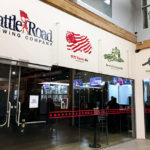 Thursday night, Larry brought Tom and me to a brewpub located in one of the old mill buildings in Maynard that had served as home for Digital Equipment Corporation (DEC), where both Larry and Marcy had worked a number of years ago. Taking advantage of its proximate location, it’s called “Battle Road Brewing Company” and featured various beers with Revolutionary War-themed names.
Thursday night, Larry brought Tom and me to a brewpub located in one of the old mill buildings in Maynard that had served as home for Digital Equipment Corporation (DEC), where both Larry and Marcy had worked a number of years ago. Taking advantage of its proximate location, it’s called “Battle Road Brewing Company” and featured various beers with Revolutionary War-themed names.
Friday, we joined the rest of the crew: Ken Hamberg and Ed Hattauer, who live in the Boston area, and Dan Downey, who drove up from New Jersey. Before the women’s hockey game that afternoon, we had another appointment in Conte Forum. Tom had read that relatively new Athletic Director Martin Jarmond liked meeting BC alumni from different eras. He sent Jarmond an email, asking if he was interested in getting together with a bunch of Golden Eagles-to-be, and the response was “Yeah!” We met briefly with Jarmond prior to the game, sharing some of our hopes for and concerns about BC athletics.
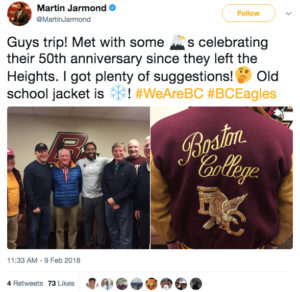 I was wearing a vintage BC jacket. After we had had a group photo taken at the end of our meeting, Jarmond noticed the back of the jacket and had a picture taken of it. Within less than an hour, he tweeted about our meeting, including the group photo and the photo of the jacket. (I wish I could say the jacket was mine from the sixties, but I had found it in the early 2000s on a rack at a vintage clothing store in Cambridge. $30.)
I was wearing a vintage BC jacket. After we had had a group photo taken at the end of our meeting, Jarmond noticed the back of the jacket and had a picture taken of it. Within less than an hour, he tweeted about our meeting, including the group photo and the photo of the jacket. (I wish I could say the jacket was mine from the sixties, but I had found it in the early 2000s on a rack at a vintage clothing store in Cambridge. $30.)
Here’s a bigger version of the group photo.
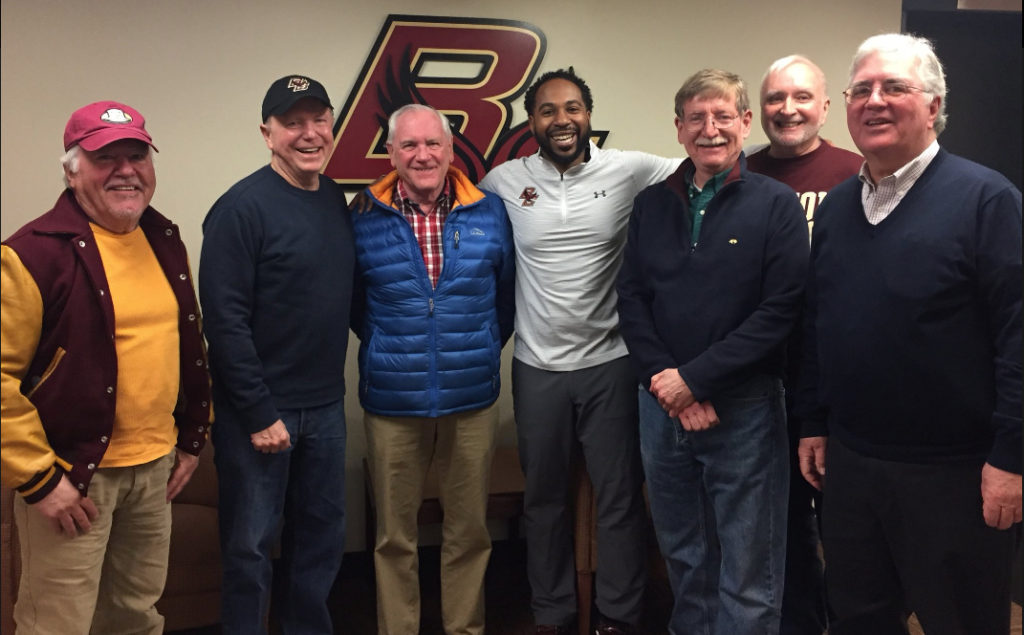
Going into the weekend, we figured the most likely win was women’s hockey. The Eagles were ranked 3rd in the country at the time and had beaten their opponent that day, UNH, by an aggregate score of 11-1 in two previous meetings this year. It seemed almost a sure win, while the other teams faced significant challenges. UNH beat BC, 2-1. Of course.
The other teams, though, ran counter to form as well . . . but they won. Men’s hockey scored late in regulation to send the game to overtime, and then scored the game-winner with less than 7 seconds remaining in the overtime period to beat UMass Lowell, 3-2. Men’s basketball held #25 Miami scoreless over the last 6-plus minutes of the game and won, 72-70. Women’s basketball secured only their second ACC win of the season, winning handily over Pitt, 72-61. Pitt and BC were both 2-10 in the conference after that game.
Here’s a brief (5:30) video of scenes from the basketball games and men’s hockey game. (Women’s hockey, despite its exalted status nationally, does not attract fans. It seemed almost disrespectful to show the nearly empty stands and absence of cheering. Building fan support for one of the best examples of athletic excellence at BC is one of the issues we brought before Martin Jarmond, who recognized its importance.)
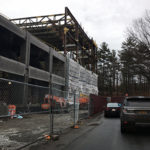

If you have not been to campus lately, there is significant construction going on. (I wonder if there is any class since the fifties that has not seen “significant construction” going on at BC.) The new Connell Family Recreation Center is taking shape, where Edmond’s Hall once stood. On what was Shea Field, the new Athletics Field House, which will provide an indoor practice facility for football and other teams, is also showing its external form.
Besides sports — and camaraderie, of course — another focus was food and drink. Among the places: Jack’s Abby, Framingham; City Table in the Lenox Hotel; the Comedor, Newton Centre.
Here’s a brief video (9 secs) showing lunchtime (about noon) on a Saturday at Jack’s Abby in Framingham. Place was hoppin’ (and I don’t mean just in the beer)!

